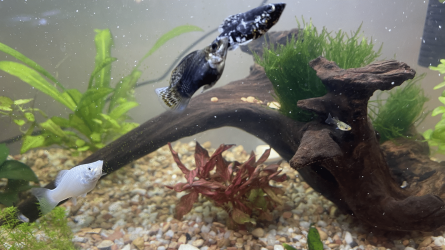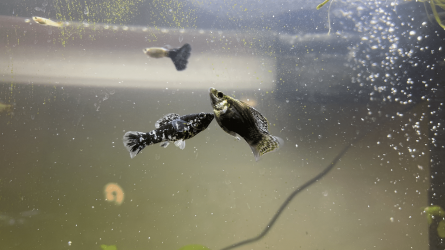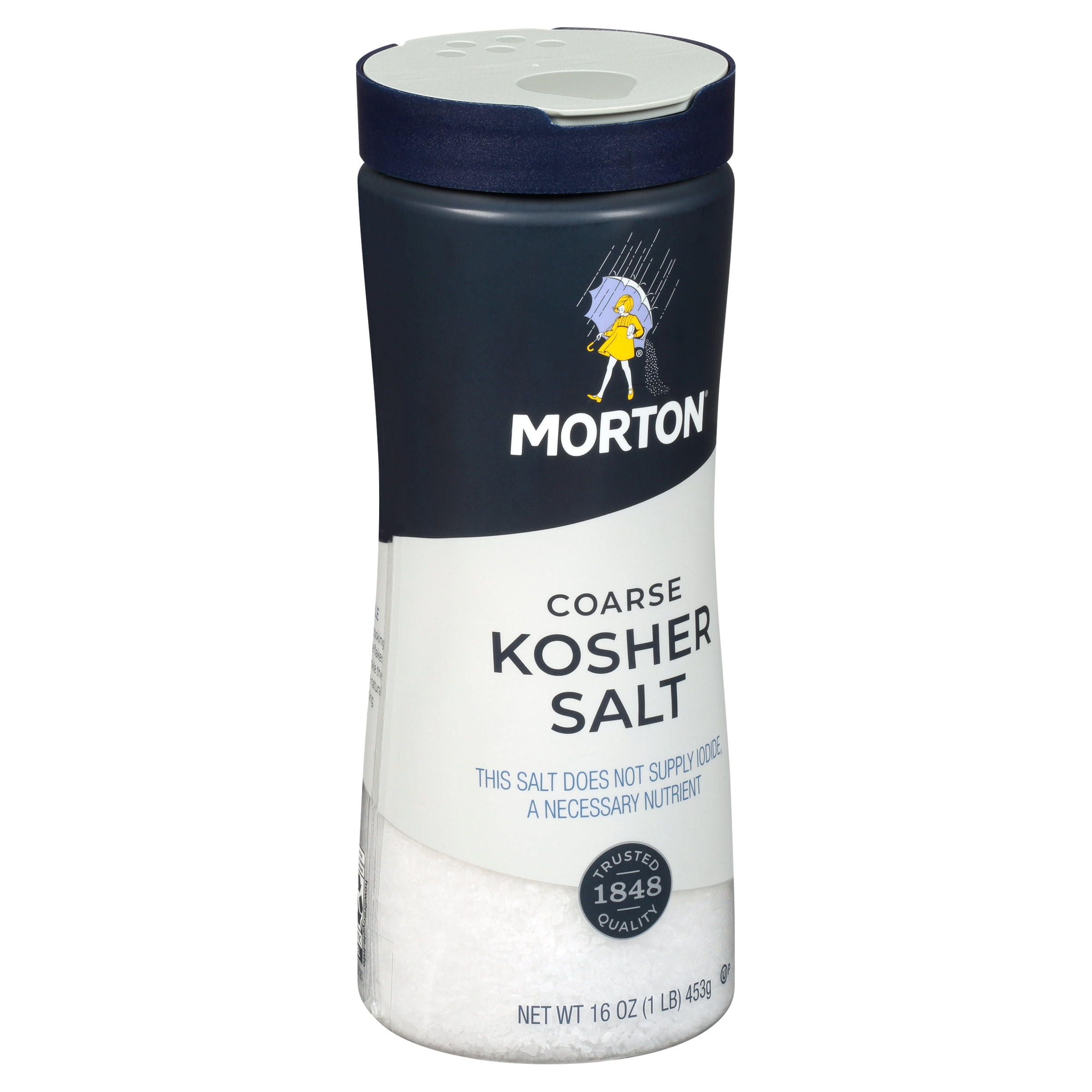Thanks! I'm going to do that right now! My Molly is doing better, and I'm also wondering something else. Should I q the mollies, or not?
No, there's no point quarantining the mollies or any other fish now. Whether it's ick or not, the whole main tank is contaminated/infected now, so all of the fish will need to be treated, whether they're showing symptoms or not. Moving fish to another tank will only mean you have to treat two tanks now, spreading the infection.
Ick is tiny parasites, easily spread through water (the shop likely had a shared water system, shared nets and equipment between tank etc, for future reference, don't buy fish from a store when you see ick or other disease in any of the tanks! Also quarantine any new fish for a minimum of two weeks before adding to your main tank, to avoid situations like this!) - sorry, I know this is too late for you now, but including it for lurkers and so you'll be prepared for the future!
Heat treatment and lots of water changes is the way to ride out ick. We do need photos to confirm it's ick, though. There are other diseases that can be easily mistaken for ick.
Resist the temptation to buy meds and throw them in the tank as well. Many are ineffective, and any medicine places additional stress on fish. They're already under stress, so adding more is the last thing you want to do, but many people who are new to the hobby just want to throw anything in that might help, in a sincere desire to fix the problem and save the fish, not knowing it's only making things worse. So resist that temptation! Keep the temp where byron said, and add extra aeration (another airstone or bubbler of some kind) since higher temps mean less oxygen in the water.
If you're feeling at a loss and wanting to
do something, do a thorough gravel vac/clean of the substrate and a large water change. Cleaning the substrate means removing some of the parasites that fall off of the fish, meaning the fish have less parasites to fight off. Lots of fresh clean water that's low in nitrAtes boosts fishes immune systems and gives them the best chance of fighting off infection/disease/parasites. Those two things, combined with the heat, will give the fish a much better chance of recovery than any medicine you can buy, I assure you.
When doing water changes, make sure to use a water conditioner, and to temperature match the temp of the new water to the tank temperature before adding it to the tank.
So, photos please! And do you have any other tanks? If so, don't share equipment between tanks and wash hands thoroughly after touching a single tank before going to the next etc.




